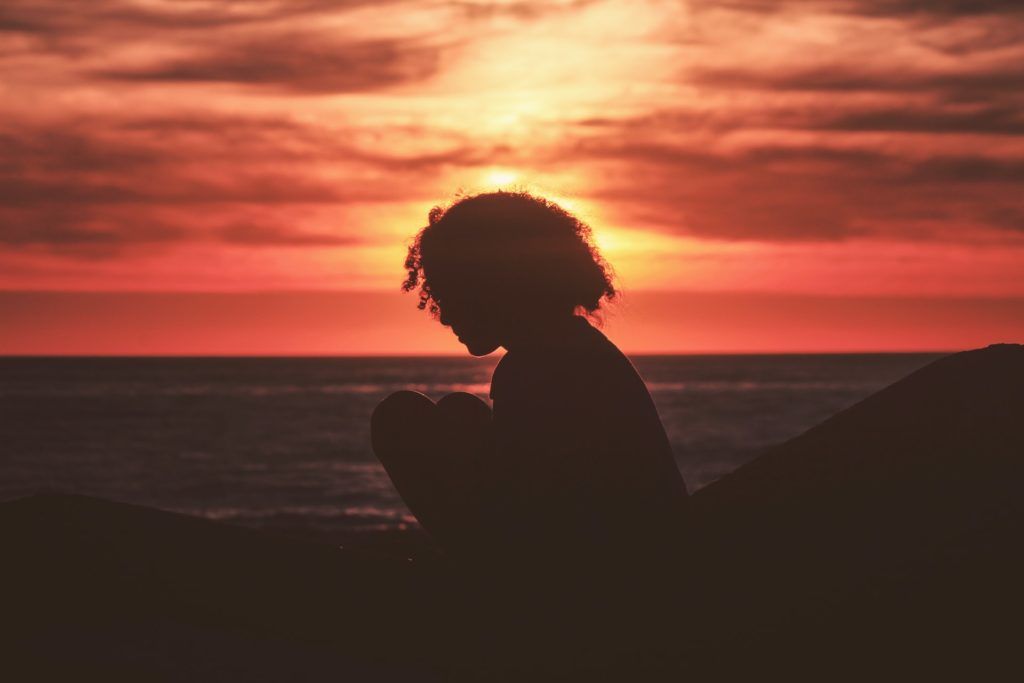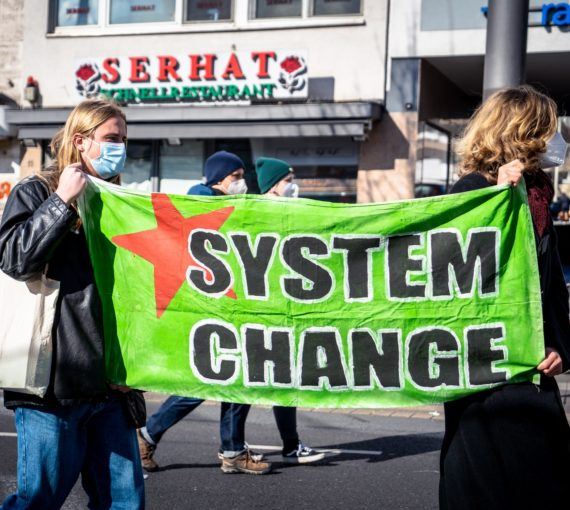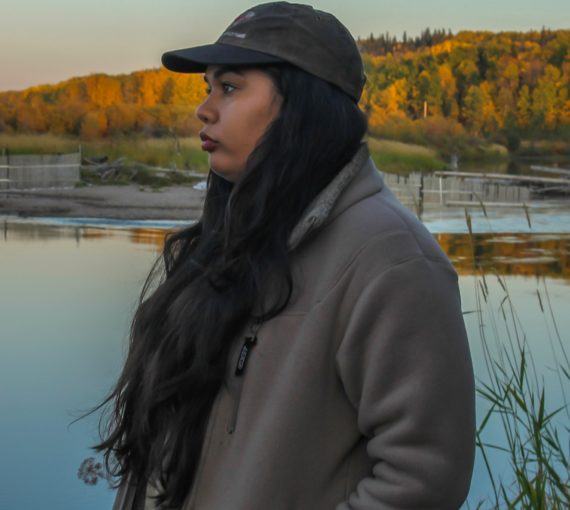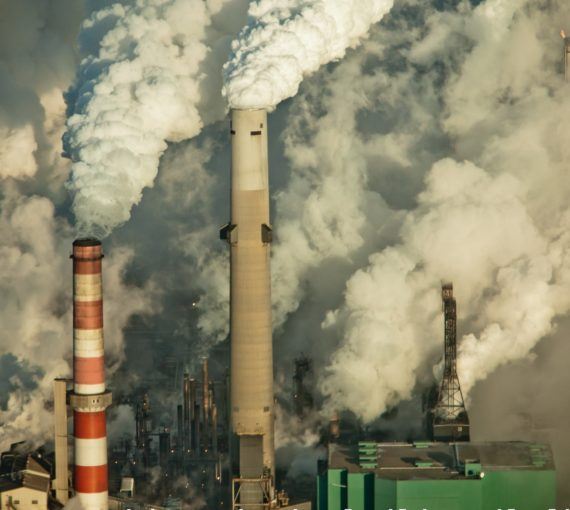
The term “environmental racism” was coined in the late 1970s in the U.S. to describe the fact that groups with power unfairly expose less privileged groups to pollution and the adverse effects of climate change. (Photo: Aziz Acharki via Unsplash)
The David Suzuki Foundation is proud to partner with the Black Environmental Initiative to highlight the importance of fighting environmental racism, which exists in Canada and elsewhere. It is a facet of environmental injustice, which manifests itself when development, policies or practices intentionally or unintentionally lead to increased pollution or health risks in Black, Indigenous and racialized communities. It also manifests itself in unequal access to environmental benefits such as clean water and air and proximity to parks. Environmental racism has serious implications for health and well-being. That’s why we’re committing during this Black History Month, and every month, to raising awareness of this issue and solutions to address it.
The term “environmental racism” was coined in the late 1970s in the U.S. to describe the fact that groups with power unfairly expose less privileged groups to pollution and the adverse effects of climate change.
This lack of power in these less privileged communities makes them more vulnerable to the impacts of polluting industries and projects. Often, underserved people do not have the means to resist and are rarely heard or valued by the authorities or broader society.
This Black History Month, talking about environmental racism is key to understanding the history that has led so many communities — Black, Indigenous, immigrant, etc. — throughout Canada to be disproportionately affected by pollution and the disastrous impacts of the climate crisis.
Environmental racism... an ugly legacy, yet the story continues
Before industrialization, Africa was not only the cradle of humanity; it was also the cradle of many civilizations. History shows us that industrialization and colonization have economically and culturally impoverished Black communities, and that the devaluing of so-called “Black” people is rooted in cultures around the world where capitalism has taken hold.
As a result, people of African origin are often displaced and settled away from their original homes, relegated to the bottom of the social ladder, assigned to depreciated environments and left vulnerable to spatial violence.
Black communities in garbage dumps
The design and layout of our urban and rural spaces — often informed by the most polluting industries — have tended to use the environments of the poorest communities as their dumping grounds.
Most consumer products are designed to be thrown out or abandoned after one or a few uses. The concept of the “disposable product” not only affects how we think of our products, but also how we treat humans who are part of their life cycles.
None of this would be true if our consumer products, cities and systems were designed keeping in mind the impacts of our choices on disadvantaged communities, including Black communities.
There is perhaps no better example of environmental racism in Canada than that of Shelburne, Nova Scotia. Its struggle against a landfill was immortalized in the film There’s Something in the Water. Available on Netflix, the film was co-produced by Ingrid Waldron, co-founder of the Canadian Coalition for Climate and Environmental Justice, which we launched together in 2021 to fight environmental racism on a national scale.
Death by pollution
In 2021, following the murder of George Floyd, we saw a shift in societal norms in the way issues of racism were viewed and talked about around the world.
Unlike police brutality, when a Black person is killed by air pollution, it makes no noise and cannot be spontaneously captured on film. Ella Kissi-Debrah may be one of a few exceptions to that rule. Tragically, she will go down in history as the first person to have air pollution listed as a cause of death. The nine-year-old girl lived near South Circular Road in southeast London, one of the city’s busiest roads. After Ella died in 2013, her mother and the coroner involved urged the British government to reduce national pollution limits to prevent future deaths by air pollution. An Environment Bill is being debated in the British Parliament. How many Ella Kissi-Debrahs will we see in Canada, before we clean up our act?
Unlike police brutality, when a Black person is killed by air pollution, it makes no noise and cannot be spontaneously captured on film.
We don’t need to look far to find examples of racialized communities in Canada suffering from the effects of pollution and climate change:
- Communities in Montreal North deal with heat islands and a lack of green space (3.9 per cent green space in Montreal North compared to 11.4 per cent elsewhere in Montreal).
- That’s also the case for residents of Rivière-des-Prairies, where, in addition to historical problems with water quality due to poor water treatment in Montreal, residents deal with putrid stenches coming from nearby plants and factories (against which the authorities rarely take any corrective action), as well as incidents of illegal dumping of contaminated soil.
- Black communities in Limoilou, Quebec, are affected by high levels of nickel and the recent threat that allowable level of nickel in the air will be increased.
- In Toronto, in addition to the fact that air pollution is concentrated in highly racialized areas like Scarborough and Etobicoke North, the notorious case of the McLure radioactive site led a group of immigrant citizens who had been given radioactive land without warning into a decade-long legal battle with the Ontario government.
- Anecdotally, a Black intern at the Black Environmental Initiative, Alyson (who lives in Scarborough), reports that many of her neighbours living with in close proximity to the Pickering nuclear plant are visible minorities. Nuclear operators are required to distribute potassium iodide pills to everyone living within 10 kilometres of a nuclear power plant in case of a radiation emergency — an acknowledgement of the heightened risk that Alyson’s family and neighbours face.
The next chapter of Black history in Canada will be experienced by recent immigrants. The environmental quality of neighbourhoods and environments in which they live must be a barometer of the health of Black communities in Canada.
Together, we must do what we can to reduce the cost of environmental racism and the cost that Black, immigrant and Indigenous communities have to unjustly pay for an industrialization that has not favoured them.
Solutions to environmental racism
Global industrialization was achieved on the backs of Black and Indigenous communities. Sadly, the devaluing of these communities has also helped enable destruction of the planet’s life-support systems. If we are to repair the damage done to Earth, it will be crucial to also repair the injustices done to Black and racialized communities.
In 2022, we must ensure Black voices are at decision-making tables, to help counter perspectives that only support the greedy, cost-saving agenda of capitalism. The future of the planet, and all life on it, depends on it.
Together, we must do what we can to reduce the cost of environmental racism and the cost that Black, immigrant and Indigenous communities have to unjustly pay for an industrialization that has not favoured them.
The environmental movement must commit to better understanding and better explaining environmental racism so that this cause, which affects thousands of humans, can resonate even more and gain more motivated allies in Canada and around the world.
Lastly, beyond this Black History Month, the environmental movement must commit to better understanding and better explaining environmental racism so that this cause, which affects thousands of humans, can resonate even more and gain more motivated allies in Canada and around the world.
Here’s how you can help!
- Learn about the current bill(s) aimed at ending environmental racism in Canada, and make your voice heard by taking action online today.
- Find out more information on environmental racism.
- Learn more about the Black Environmental Initiative.

Naolo Charles is the founder of the Black Environmental Initiative, an organization dedicated to environmental engagement and protection of Black communities. He is also a co-founder of the National Coalition for Climate and Environmental Justice, which he launched with social scientist Ingrid Waldron. Naolo is a facilitator of the Toronto Community Benefit Network’s Next Gen Builders program, where he provides green building training and sits on the program’s board of directors. He is also one of the professionals who participated in the expert table convened by Environment and Climate Change Canada to develop Canada’s first national adaptation strategy.


